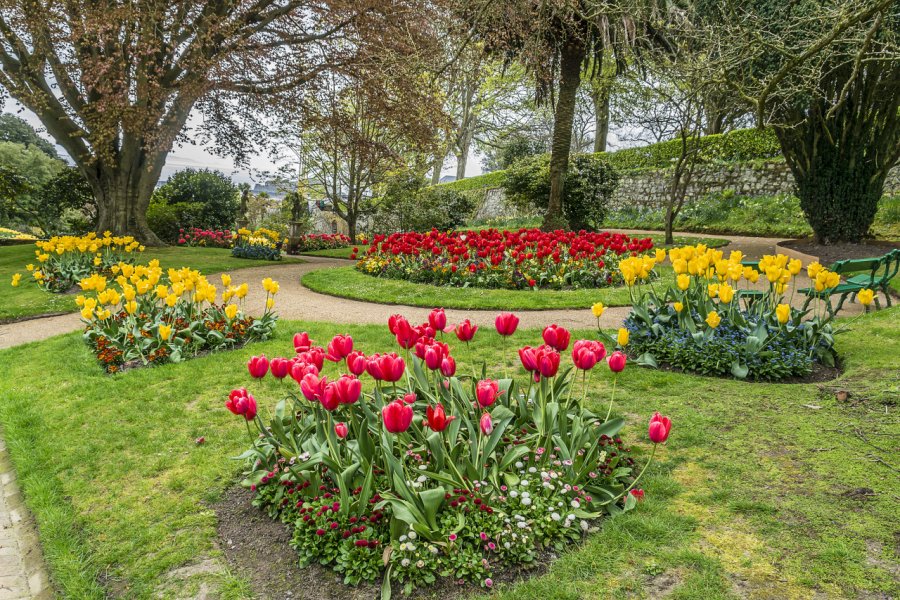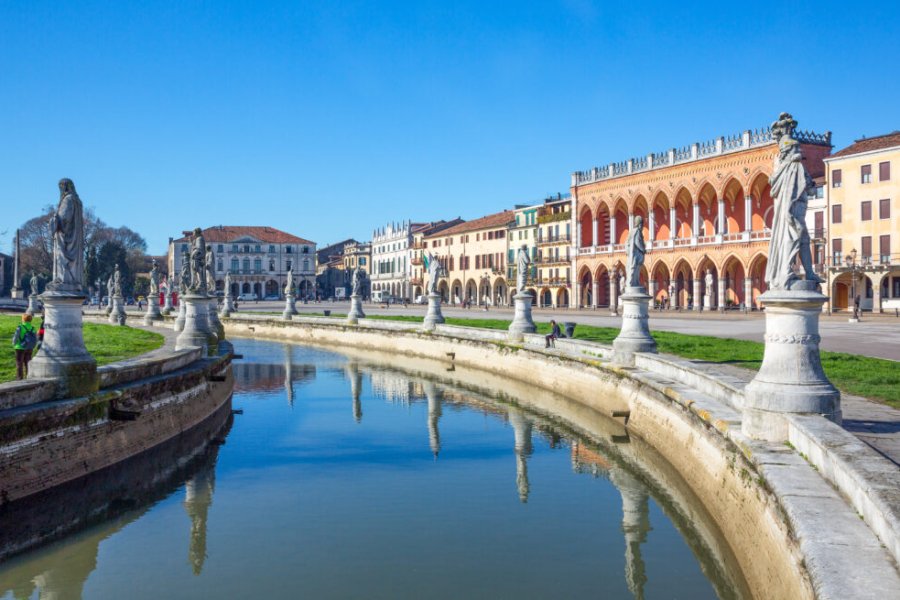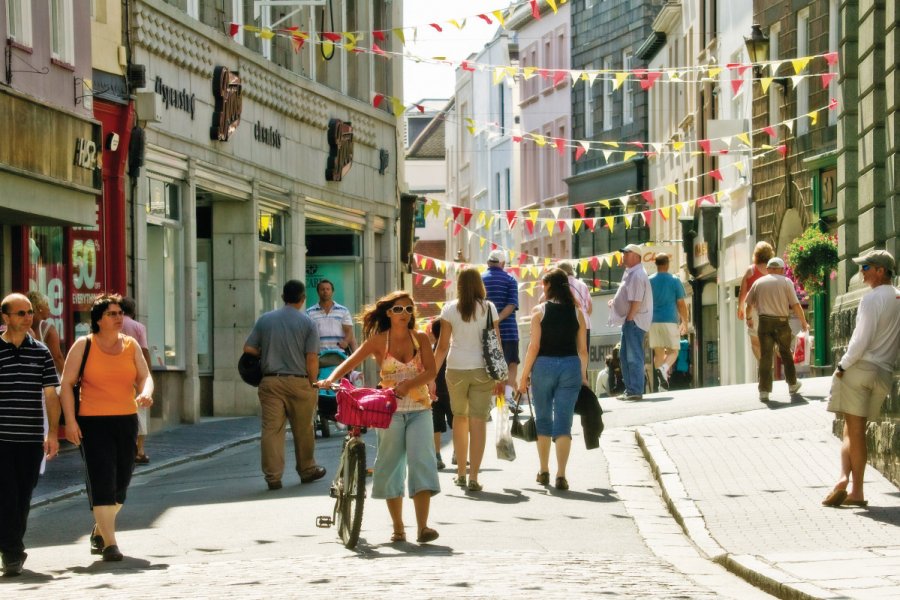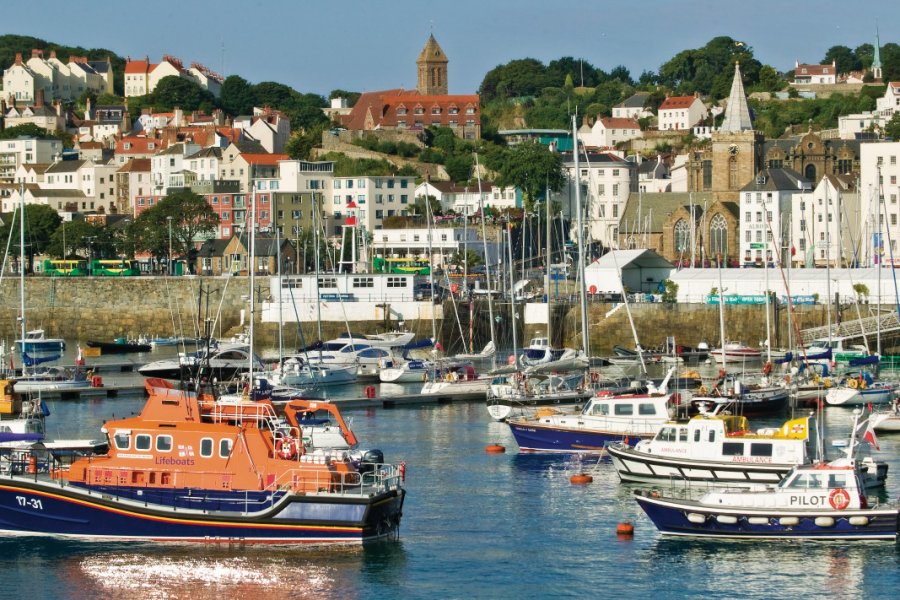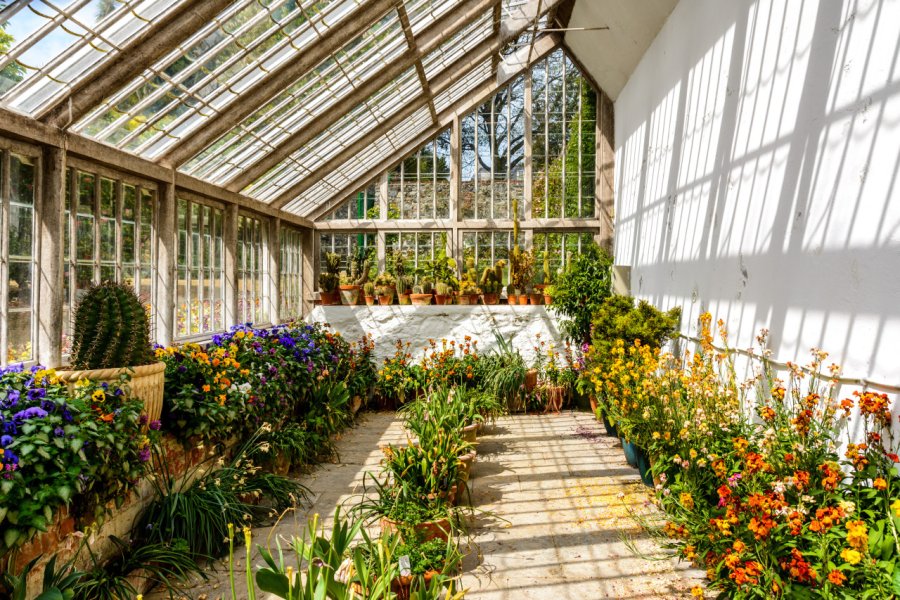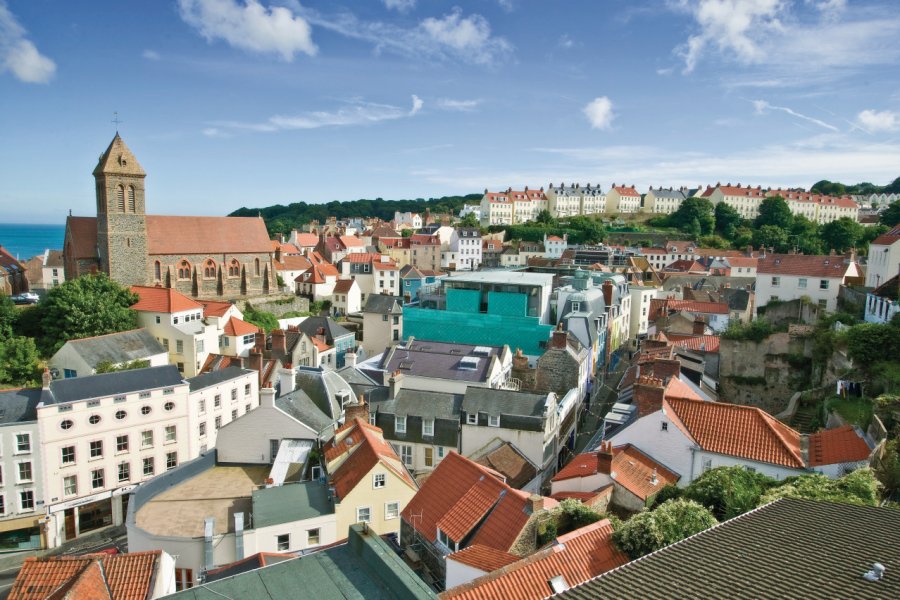Travel Guide Saint-Peter-Port
Find an accommodation
Advertising
As soon as you arrive by boat from France or the neighboring Bailiwick of Jersey, the first thing you'll notice is the mighty fortress that stands at the entrance to the harbor: Castle Cornet. It houses museums that trace Guernsey's maritime and military history. Since its construction in the 13th century, this impregnable castle has been the town's capital. It was the main residence of the lord of the islands. At the time of the Napoleonic Wars, Guernsey saw an influx of people from all over Europe seeking peace and comfort, including many Britons eager to escape the staggering taxes required to resist Napoleon. In the late 18th and early 19th centuries, the island also enjoyed a period of prosperity thanks to smuggling and sea racing. This involved boarding ships passing through Channel waters, stealing their merchandise and selling it on. Risky business, but highly profitable!Having become a city of wealthy merchants, Saint-Peter-Port set about renovating itself. Old buildings were replaced by grand Regency-style mansions, such as Elizabeth College (1826), Bonamy House (1820), Lukis House (1840) and Constable's Office (1787). In 1856, the Declaration of Paris, signed by all the powers of Europe, put an end to this "organized theft" by cracking down on it. After a massive influx of British citizens, new buildings sprang up on the hillsides around the town.Today, Saint-Peter-Port, with its 19,000 inhabitants, is the island's largest agglomeration. Its boundaries are constantly receding, and it's becoming harder and harder to tell where the neighboring parishes begin. More worryingly for the island's beauty, urbanization has taken over the surrounding countryside.Saint-Peter-Port has always held an important strategic position on the island. Arriving by sea, you'll be seduced by its graceful layout. Magnificent granite houses clinging to the hills gently wind their way around the port. Steep inclines, narrow streets and staircases wind their way up and up, and you'll often find yourself gasping for breath to reach the top of the town. You may be a little disappointed by the waterfront. On the other hand, the small, winding streets, often pedestrianized, are charming and offer strollers the opportunity to window-shop in peace and quiet, or invite them to relax in a pub or tearoom. Like Saint-Hélier in Jersey, Saint-Peter-Port is a town with a wealth of modern infrastructure. Unfortunately, traffic jams are not uncommon! The town is the capital of the island and of the Bailiwick, and as such, its parliament, the States Assembly, is responsible for the affairs of Sark, Herm and Alderney. Many foreign banks and wealthy individuals (the Fort George district to the south, known as the "millionaires' quarter", is home to their luxurious villas) have settled here, attracted by a very low tax rate compared with other European states. Saint-Peter-Port also boasts superb gardens and fascinating museums. Last but not least, don't miss a visit to Victor Hugo's extravagant house, now owned by the Mairie de Paris.
What to visit Saint-Peter-Port?
Advertising
Suggested addresses Saint-Peter-Port
Weather at the moment
Advertising
Organize your trip with our partners Saint-Peter-Port
Transportation
Book your plane tickets
Car Rental
Boat rental
Accommodation & stays
Find a hotel
Holiday rental
Find your campsite
Tailor-made trip
Immersion travel
Services / On site
Activities & visits
Find a doctor
Saint-Peter-Port travel inspiration
Find unique Stay Offers with our Partners
Pictures and images Saint-Peter-Port
Other destinations nearby Saint-Peter-Port
5 km away
25 km away
